Last year, the Consumer Financial Protection Bureau proposed a new rule that would better protect individuals’ privacy from the companies that collect and collate digital traces from wherever they can. Seemed like a good idea. But the current CFPB director Russell Vought has different ideas.
For Wired, Dell Cameron and Dhruv Mehrotra report on the potential harm:
Data brokers operate within a multibillion-dollar industry built on the collection and sale of detailed personal information—often without individuals’ knowledge or consent. These companies create extensive profiles on nearly every American, including highly sensitive data such as precise location history, political affiliations, and religious beliefs. This information is frequently resold for purposes ranging from marketing to law enforcement surveillance.
Many people are unaware that data brokers even exist, let alone that their personal information is being traded. In January, the Texas Attorney General’s Office, led by attorney general Ken Paxton, accused Arity—a data broker owned by Allstate—of unlawfully collecting, using, and selling driving data from over 45 million Americans to insurance companies without their consent.
I’m sure money had nothing to do with these choices.

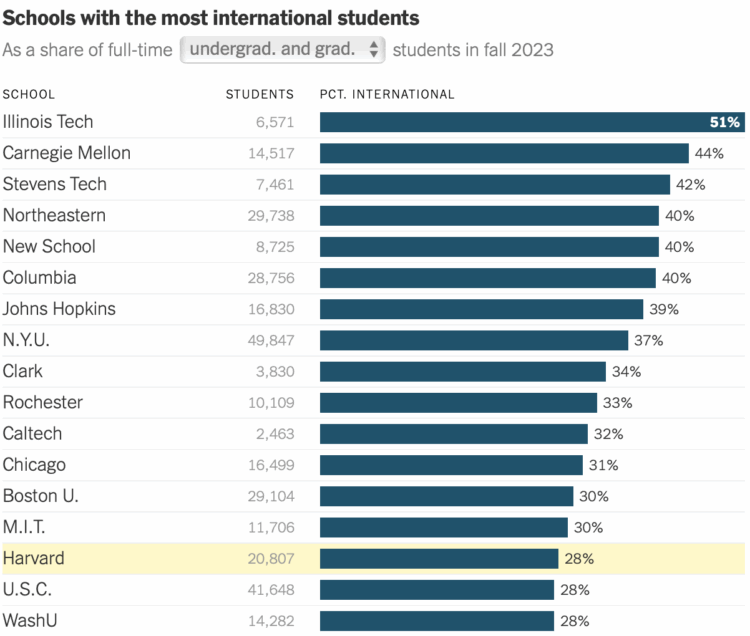
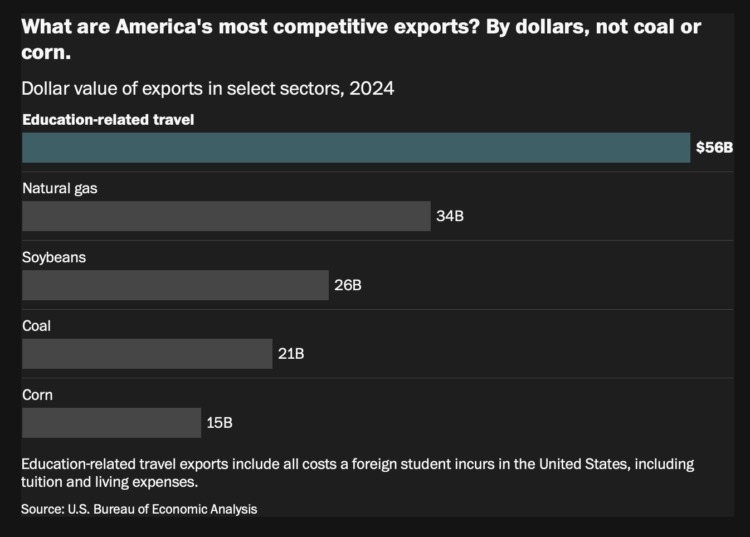

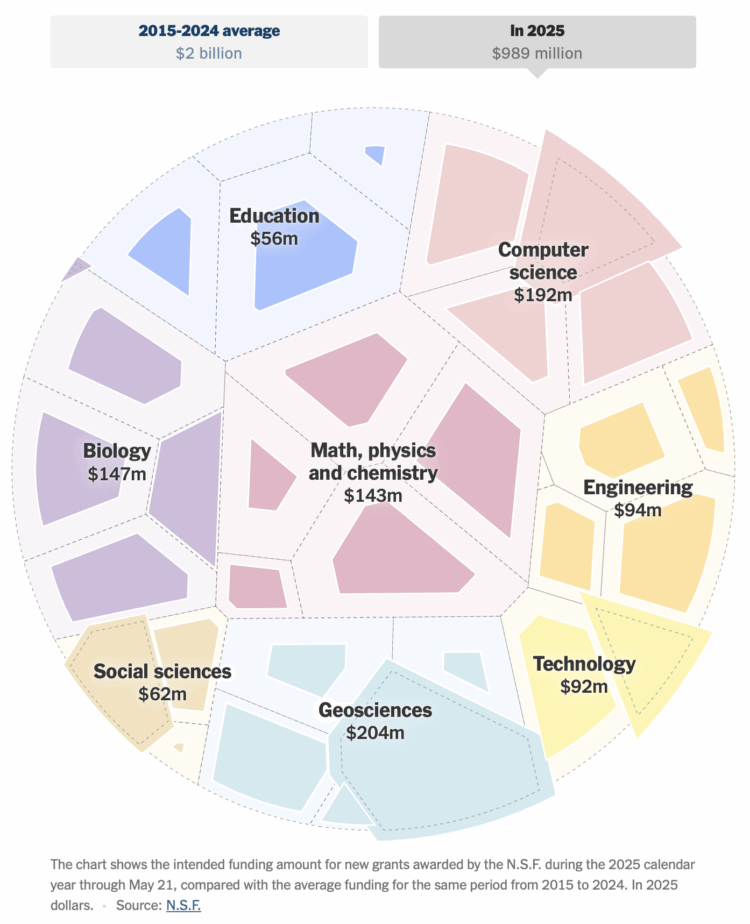
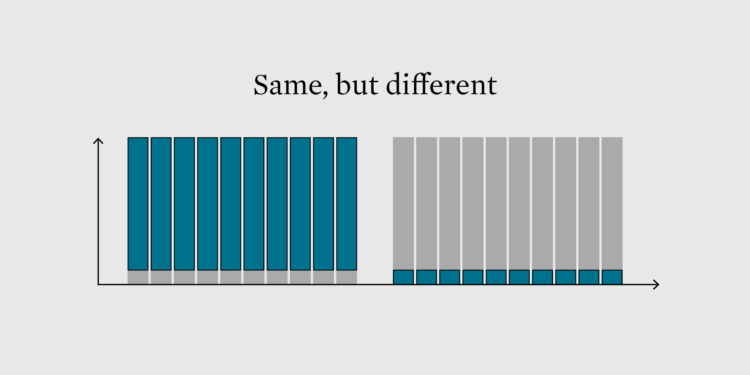
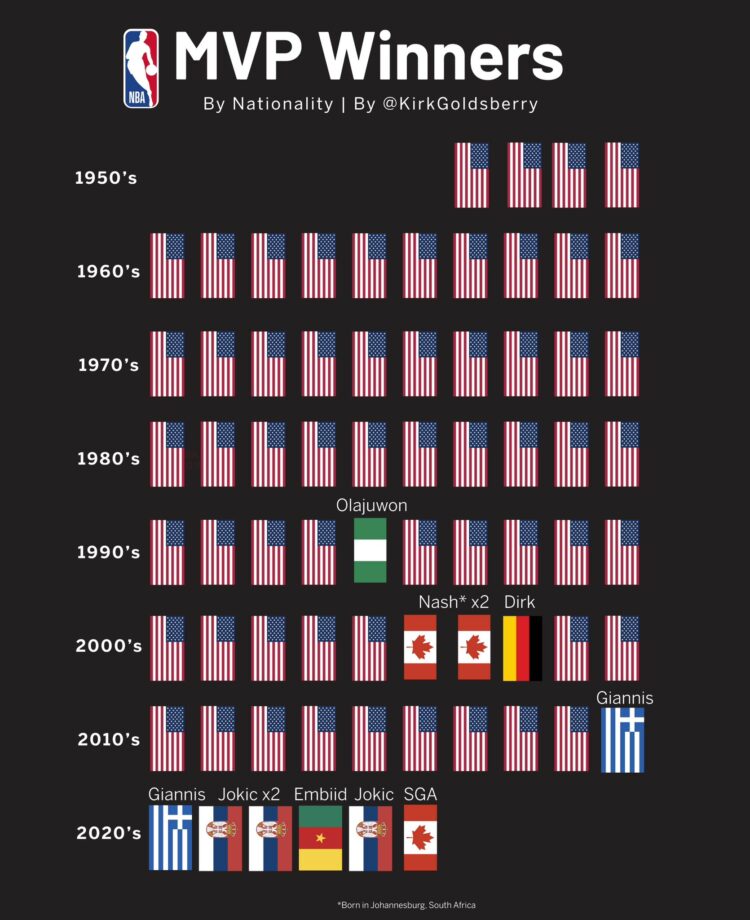
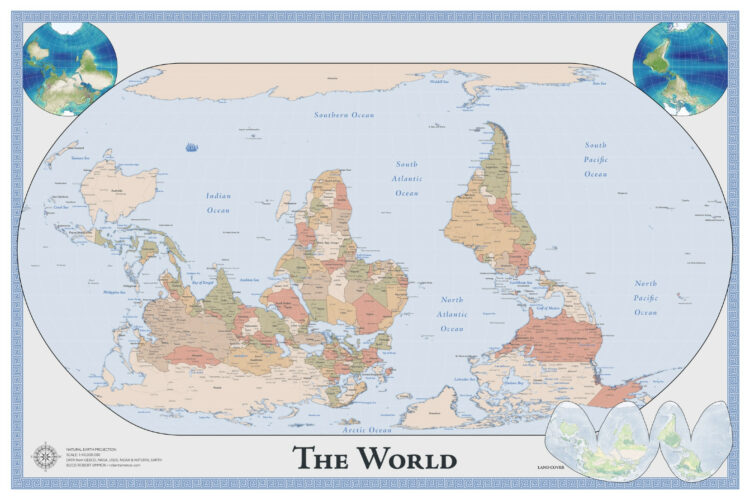
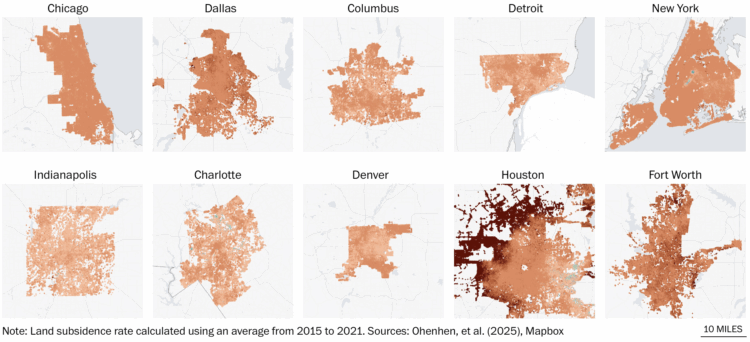
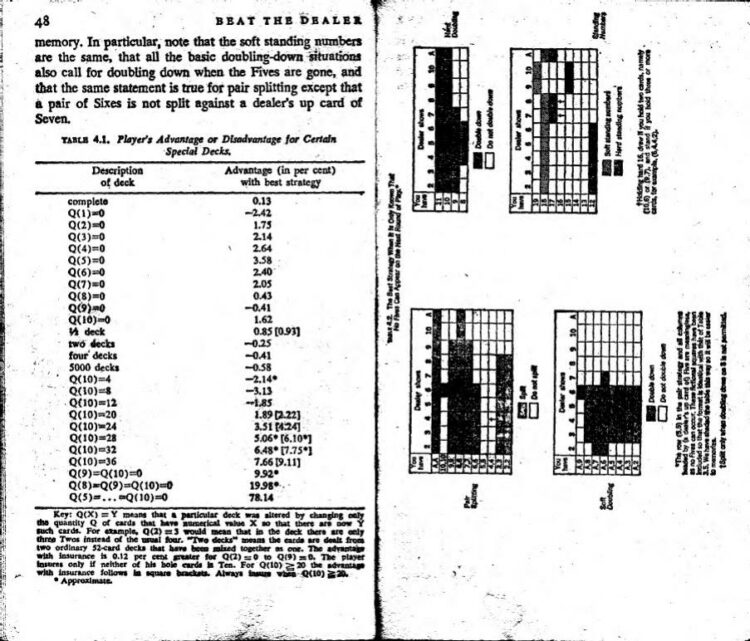
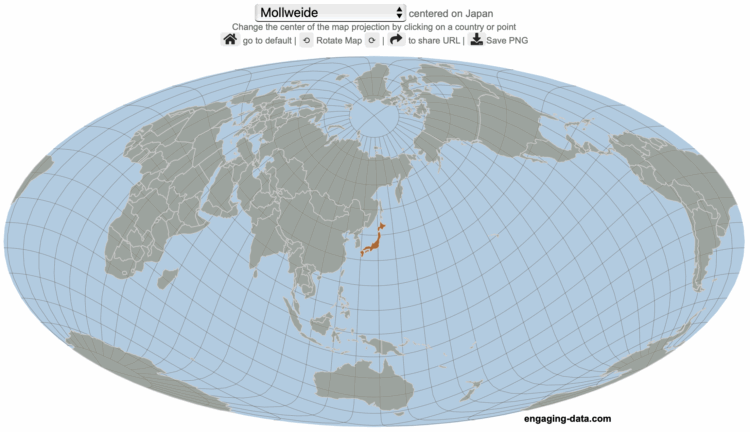


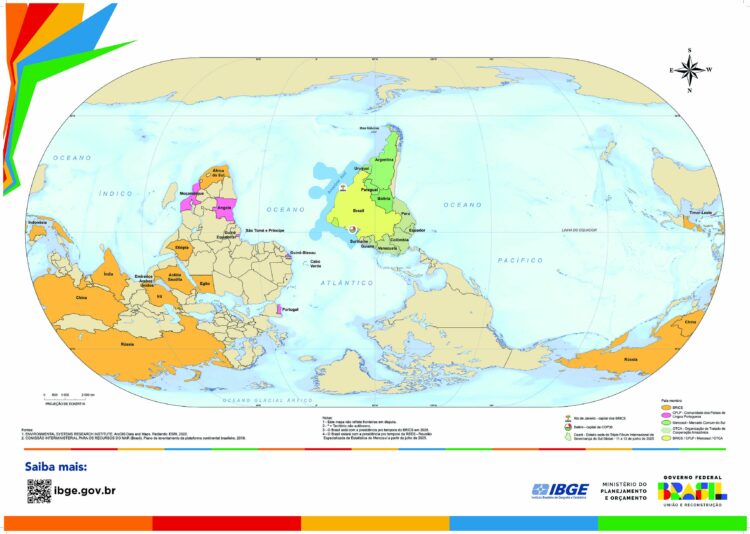
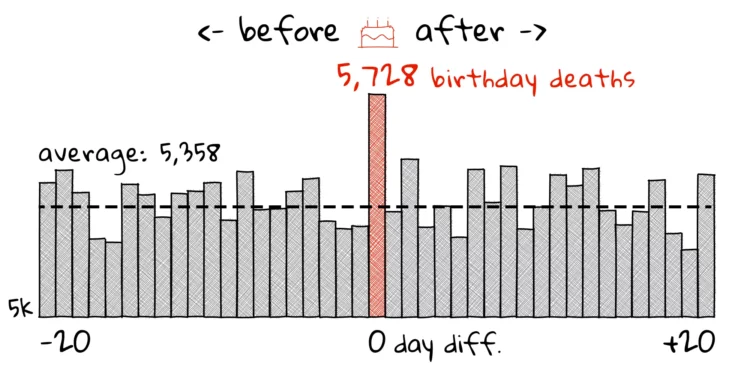
 Visualize This: The FlowingData Guide to Design, Visualization, and Statistics (2nd Edition)
Visualize This: The FlowingData Guide to Design, Visualization, and Statistics (2nd Edition)










